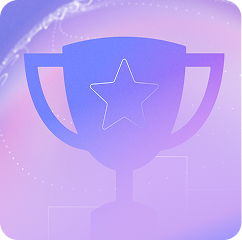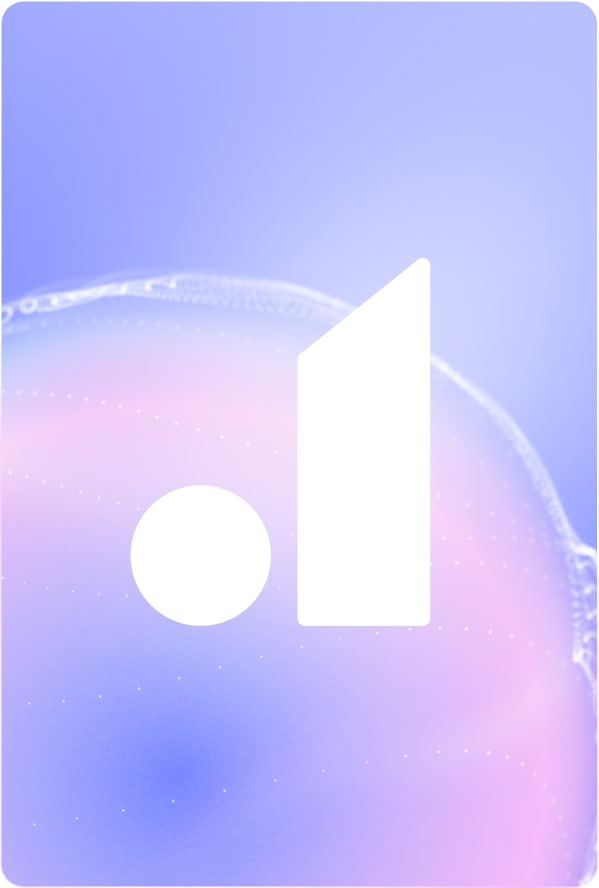
// Recruitment Technology
Migrating from Vincere: Upgrade Your Recruitment Software in 2025
08/07/2025
10 MIN
Recruitment software plays a central role in how agencies manage candidates, clients, and internal workflows. Over time, it becomes clear when a system no longer matches the pace or scale of the business.
For agencies using Vincere, 2025 brings new expectations around automation, data control, and integration with other tools. Many firms are now evaluating whether their current setup supports long-term efficiency.
This article outlines why agencies are migrating from Vincere, what to expect during the data migration process, and how to approach the transition with minimal disruption.
Why switch from Vincere?
Vincere has been a reliable recruitment CRM for many agencies, but several limitations have prompted teams to look elsewhere. The platform often struggles with data management as databases grow larger, making it harder to maintain clean records and run accurate searches.
The user interface requires multiple clicks for basic tasks. Recruiters report needing to navigate through several screens to complete actions that newer systems handle in one or two steps. This extra clicking adds up over time and slows down daily operations.
For growing agencies, Vincere’s structure can feel rigid. As teams expand or add new service lines, the system doesn’t always scale smoothly. This creates bottlenecks in the workflow and limits visibility across different parts of the business.
Integration capabilities are another common pain point. Connecting Vincere with other tools in your recruitment tech stack often requires workarounds or manual processes. Modern platforms typically offer more direct integration options with job boards, marketing tools, and communication systems.
Switch to an ATS tailor-built with your daily recruitment needs in mind. Check out Atlas >>
6 key steps for successful Vincere data migration
Step 1: Exporting your data from Vincere
We start by collecting your data export from Vincere. This can come as CSV files or a full database backup, depending on your setup. Some clients receive their export through a secure download link, while others use FTP access with login credentials. Once you have the files or access details, share them with us, and our team will securely handle the transfer.
Step 2: Preparing and organizing your data
Next, we upload your Vincere data into a structured workspace powered by Amazon Redshift. This environment allows us to explore, review, and prepare your legacy information for migration. Think of this as sorting everything into labeled folders before you move. We check data such as candidates, jobs, and placements, looking for patterns and inconsistencies that may need adjustment before migration.
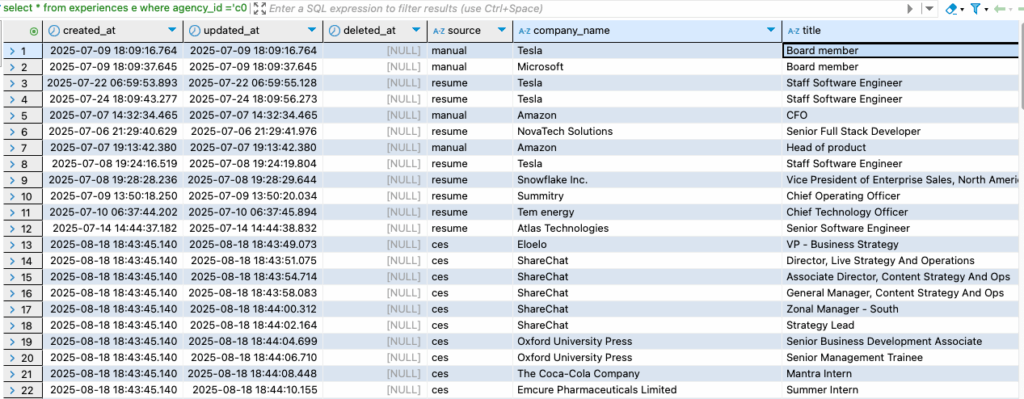
Step 3: Mapping and transforming your fields
After organizing your data, we work with you to align Vincere fields with Atlas’s structure. This happens in our Migration Dashboard, where you can see your current data alongside suggested mappings.
We then apply transformation logic using DBT, a tool that standardizes, cleans, and restructures your data to match Atlas’s schema. Duplicates are removed, timestamps are aligned, and field values are normalized. Each change is logged and fully testable, ensuring transparency throughout the process.
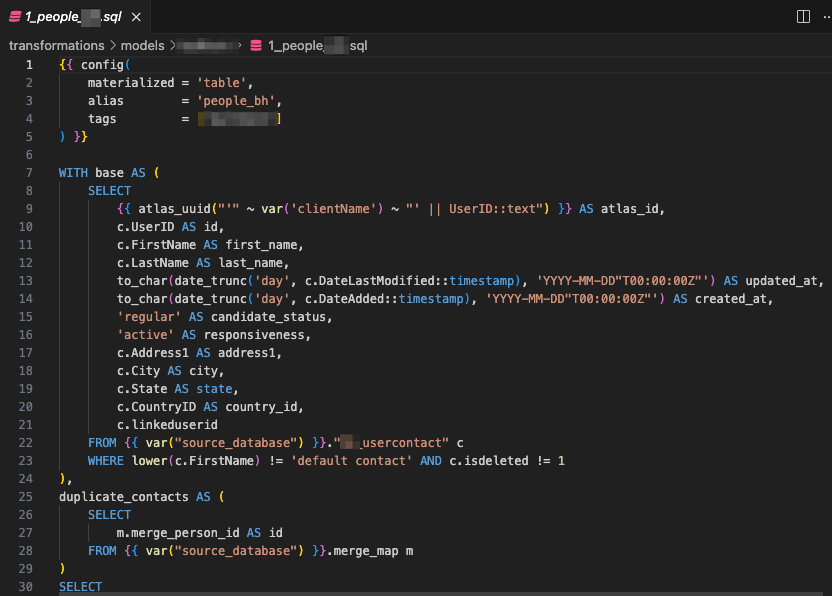
Step 4: Automated testing and quality checks
Once the data has been transformed, we move into quality assurance. Automated scripts run hundreds of checks to confirm that fields are present, values are valid, and duplicates are eliminated.
We also use AI-driven validation to catch irregularities that might not appear in basic testing, such as duplicate profiles or unusual activity timestamps. Only clean, validated data moves forward to the next stage.
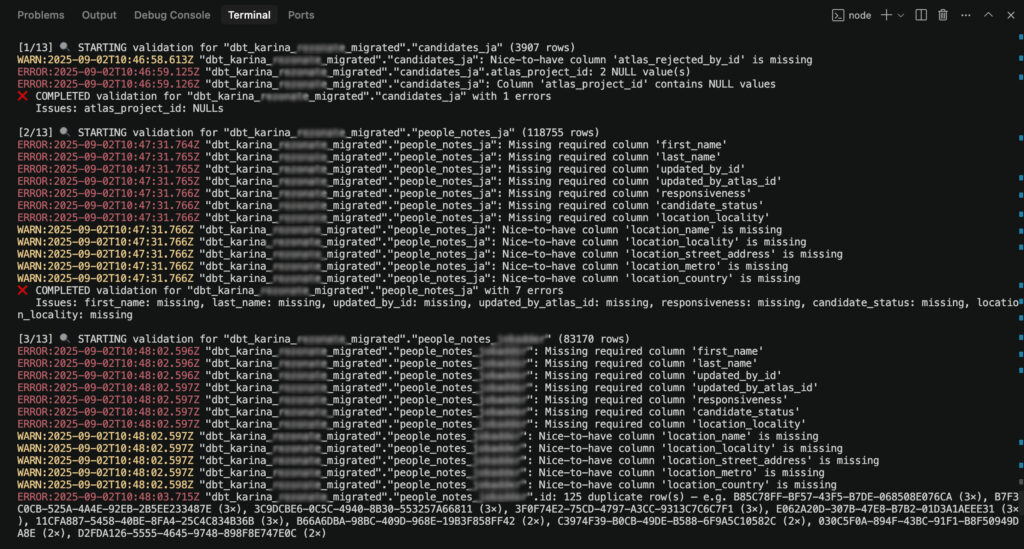
Step 5: Staging and final validation
Your data is then loaded into a staging version of Atlas, identical in functionality to the live system. This gives your team a secure place to review and confirm everything before launch.
You’ll receive a checklist to validate that records, contact details, and files look accurate. Our team tracks progress in Notion and provides daily summaries so nothing is overlooked. Once approved, we prepare for final deployment.
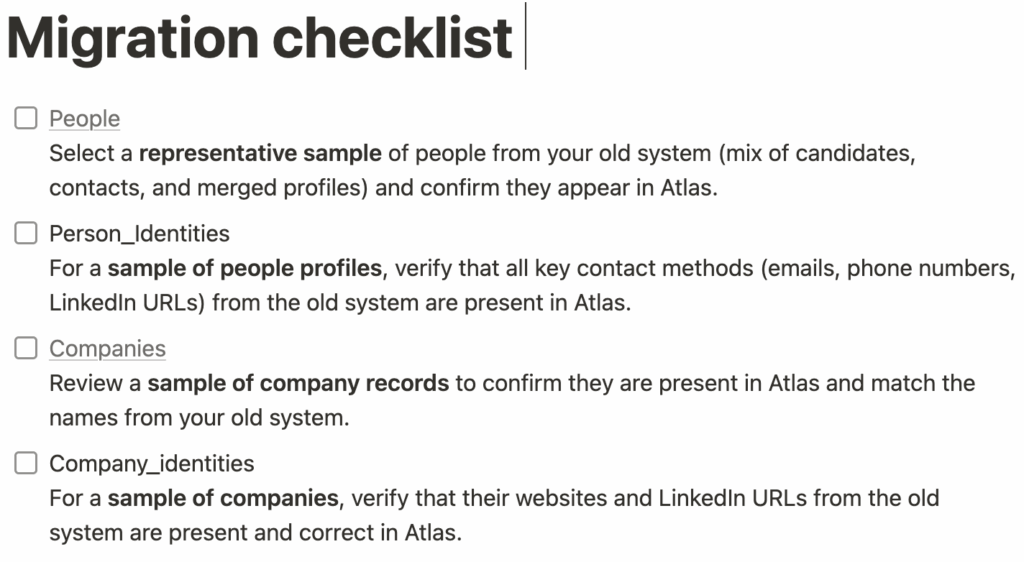
Step 6: Launching on Atlas
When you’re satisfied with the staging review, we promote your data to production Atlas. If you’re an existing Atlas customer, we merge your new information with your current setup without duplicating or overwriting anything.
For new users, the staging data becomes your live environment. We complete a final index to make all records searchable, including candidates, jobs, and attachments. Your Vincere data is now fully live in Atlas, ready for your team to use immediately.
From export to launch, this process ensures a smooth and efficient transition from Vincere to Atlas with accuracy, transparency, and minimal disruption.
Avoiding common migration problems
Data migrations can hit snags, but planning ahead helps avoid the most common issues.
Prevent data loss
Data migration errors often happen with attachments, notes, and custom field information. These elements sometimes fall through the cracks during standard CRM exports.
Before data migration, identify your most valuable data types:
- Candidate resumes and documents
- Interview notes and feedback
- Placement history and details
- Client requirements and preferences
Create separate backups of these critical items as an extra precaution. After data migration, spot-check records to confirm everything transferred correctly.
Reduce downtime
Plan your migration for a weekend or after hours when recruitment activity is lowest. This minimises the impact on daily operations.
Consider running both systems in parallel for a short period. This allows your team to verify data in the new system while still having access to the familiar Vincere environment if needed.
Help your users adapt
New software means new habits. Create simple reference guides for common tasks in the new system. Focus on the activities your team performs daily, like adding candidates or updating job statuses.
Identify “power users” who can help others during the transition. These team members learn the system first and become internal resources for questions.
Ensuring data security during migration
When moving sensitive candidate and client information, security is a top priority. The migration process temporarily exposes your data, so extra precautions are necessary.
Make sure your new provider uses encryption for data transfers. This protects information as it moves between systems and prevents unauthorised access. Set up appropriate access levels before bringing users on board to prevent accidental data exposure.
For agencies working with European candidates, GDPR compliance remains important during migration. Ensure your new provider has proper data protection agreements in place and understands their responsibilities as a data processor.
Recruit with a safe, reliable, and user-friendly ATS built for agencies like yours. Try Atlas for free >>
Leveraging AI features in modern recruitment software
The best applicant tracking systems include AI capabilities that can transform how your team works. These features automate routine tasks and help recruiters focus on building relationships.
AI-powered candidate matching compares job requirements with candidate profiles using more than just keywords. The system analyses skills, experience, and potential fit to suggest the most promising candidates.
Automated outreach campaigns can:
- Send personalised follow-up messages
- Schedule interviews based on calendar availability
- Answer common candidate questions
- Track response rates and engagement
Administrative tasks like data entry and updating records happen automatically in modern systems. When a recruiter has a call with a candidate, the system can log the interaction, update the status, and create follow-up tasks without manual input.
These AI features save time on routine work and help maintain more consistent communication with candidates and clients.
Start recruiting with an admin-free ATS and save precious hours every day. Do it with Atlas >>
Connecting with your existing tools
Your recruitment tech stack likely includes several tools beyond your CRM. When migrating from Vincere, check how your new system will connect with:
- Email platforms: Will emails sync automatically with candidate records?
- Calendar tools: Can the system schedule interviews and track availability?
- LinkedIn: How will social profile information transfer to candidate records?
Modern recruitment software offers more integration options than older platforms. Look for systems with open APIs that allow custom connections between your various tools.
Before finalising your choice, create a list of all the external tools your team uses regularly. Check whether the new system offers direct ATS integrations with these tools or if you’ll need custom connections.
Planning your migration timeline
A typical migration from Vincere takes 4-8 weeks, depending on database size and complexity. Breaking the project into phases helps keep everything on track.
1. Preparation phase (1-2 weeks)
Document your current setup and create your data and field mapping plan. Identify which information is most critical to transfer and which can be archived or left behind.
2. Testing phase (1-2 weeks)
Export sample data and run test imports to the new system. Verify that information appears correctly and relationships between records are maintained.
3. Training phase (1-2 weeks)
While testing continues, begin training your team on the new system. Focus on daily tasks first, then move to more complex functions.
4. Go-live phase (1 week)
Complete the full data migration, verify results, and switch your team to the new system. Keep the old system accessible for a short period as a reference.
5. Optimisation phase (ongoing)
After going live, collect feedback from users and make adjustments to workflows. This phase continues as your team becomes more familiar with the new capabilities.
Schedule your migration during a traditionally slower period for your agency. For many recruitment firms, late December through January or the summer months offer lower activity levels and more flexibility for system changes.
Choosing your next recruitment platform
When selecting a replacement for Vincere, consider these key factors:
Ease of use: The interface should be intuitive and require fewer clicks for common tasks. Look for systems designed with recruiter workflows in mind.
Data management: Modern platforms offer better tools for maintaining data quality, including duplicate detection and automated record updates.
Automation capabilities: Look for systems that can automate routine tasks like data entry, follow-up messages, and status updates.
Integration options: The system should connect easily with your existing tools and offer an open API for custom integrations.
AI features: Consider platforms that include AI-powered candidate matching, communication, and workflow automation.
Scalability: Choose a system that can grow with your business and adapt to changing needs.
Modern AI ATSs like Atlas are designed as complete recruitment operating systems rather than simple databases. They integrate AI capabilities throughout the workflow, from sourcing to placement, and focus on reducing administrative work through automation.
Looking to smoothly transition to a modern, AI-powered ATS? Look no further and try Atlas >>
Frequently Asked Questions (FAQ) about migrating from Vincere
A complete migration from Vincere typically takes 4-8 weeks from initial planning to final go-live. The timeline depends on database size, the complexity of customisations, and how much historical data you’re transferring. Smaller agencies with straightforward setups can complete the process in 3-4 weeks, while larger firms with complex workflows may need 8-10 weeks.
Calculate ROI by comparing time saved, placement increases, and cost reductions against migration expenses. Track metrics like average time-to-fill, placements per recruiter, and hours spent on administrative tasks before and after migration. Most recruitment agencies see positive ROI within 3-6 months as efficiency improvements offset transition costs.
Historical placement data typically transfers to your new system, but verify this specifically with your new provider. Some systems import the complete placement history with all details, while others may bring over basic information and leave detailed notes in an archive. Discuss this early in the migration planning process to ensure important historical data remains accessible.
Modern ATSs like Atlas – the Recruitment Platform offer guided migration services that handle the technical aspects of data transfer. Your team will need to provide information about your current setup and verify results, but the actual data migration is handled by our technical team. This eliminates the need for in-house technical expertise.


